The West Wight Bohemianism and Cultural Distant Early-Warning Systems
“Bohemianism describes an unconventional, anti-establishment lifestyle characterized by artistic, literary, musical, or spiritual pursuits, often rejecting mainstream societal norms, materialism, and social etiquette for freedom, individuality, and creative expression. The term originated in 19th-century Paris from the French word bohème, initially associated with the nomadic Roma people before evolving to describe marginalized artists and writers who lived a free, irregular, and often impoverished life outside conventional society”(Google’s AI synopsis)
Elizabeth Wilson in her 'Bohemians - The Glamorous Outcasts (2003):
"Since that time, the early 19th century, the bohemian has been the hero - and anti-hero - of the story the West wanted to hear about it's artists - a story of genius, glamour, outlawry, and doom. The figure and his audience were inspeperable. As soon as the bohemian appeared on the urban stage, there were eager consumers of stories of glamorous and sordid individuals, men and women of genius and eccentricity who lived exciting lives and challenged the conventions. The vicissitudes of the bohemian way of life, its excesses, its triumphs, its failures and its aura of grim seriousness, incongruously expressed in performance and pose, have always been good copy.
Yet Bohemia is more than a series of stories about unusual individuals. The figure of the bohemian personifies athe ambivalent role of art in industrialised society: and Bohemia is a cultural Myth about art in modernity, a myth that seeks to reconcile art to modern capitalism, to create for it a role in consumer society. The bohemian is above all an ides, the personification of a myth.
Roland Barthes has suggested that in modern society, a myth arises as the imaginary solution of a problem or conflict the society cannot solve, its function to reconcile impossibilities. It is an ideological statement that papers over the cracks of a conflict that, because it is unresolved and unresolvable, must be disguised and hidden. The myth of the bohemian represents an imaginary solution to the problem of art in an industrial Western societies. It seeks to resolve the role of art as both inside and outside commerce and consumption, and to reconcile the economic uncertainty of the artist calling with ideas of the artist's genius and superiority."
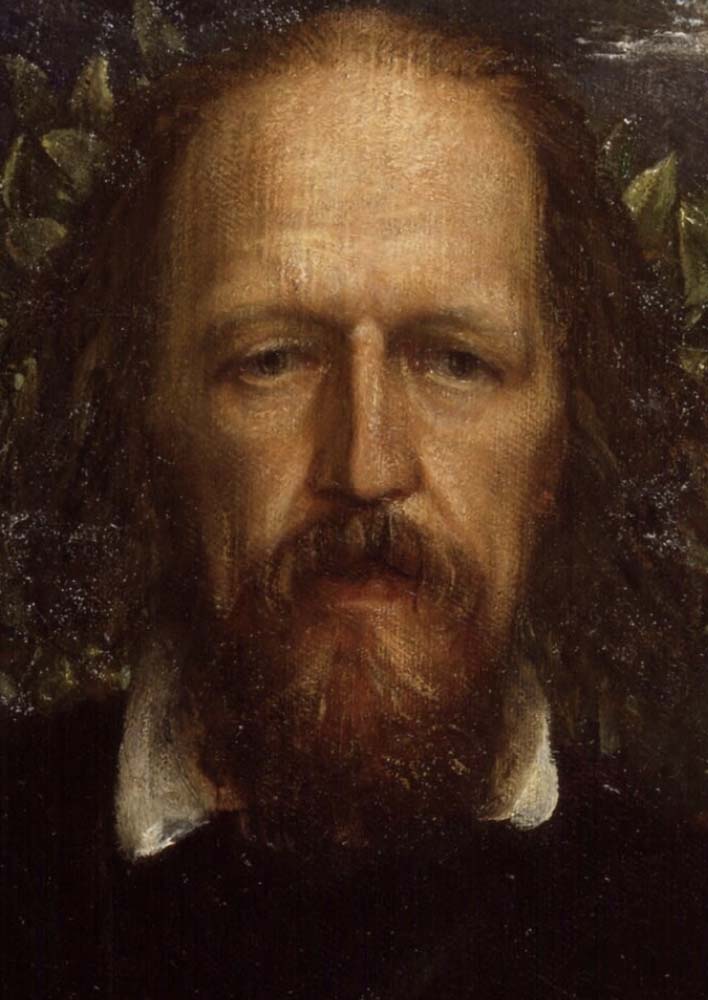

So it was Tennyson and Julia Cameron who became the focal figures in the nascent Freshwater Circle - Cameron with her family and saloniere friends from London - Thoby Prinsep - and Julia's sister Sarah, of the celebrated Holland Park Circle based at Little Holland House. Tennyson with his world fame...
OK, top above is how Google’s AI synopsis describes Bohemianism. My argument here is that the West Wight - like London's Bloomsbury and Fitzrovia, and Charleston in Sussex - is particularly associated with the counter-cultural tradition of bohemianism. Why is this important in the 21st Century? Because as McLuhan pointed out in the Sixties, this kind of premature modernism - modern lifestyles developed and forecast by artists and those who were evolving modern lifestyles ‘ahead of their time’ - artists and the counter-cultural ‘elite’ were the cultural distant-early-warning systems telling us how we might develop in the future. And not just socially - he is implying that bohemian lifestyles indicated creative directions in art, in technology innovation, in the leisure-arts, in our whole mode of living - benefiting from opulence but not becoming ‘consumers’ of it.
“Marshall McLuhan viewed artists as a "Distant Early Warning (DEW) system" for culture, meaning they are the first to sense and articulate emerging shifts, changes, and potential futures before they become widespread or fully understood. This concept highlights art's role not just in reflecting society but in acting as a radar, a mirror, and a mythmaker, offering insights into what's coming.”
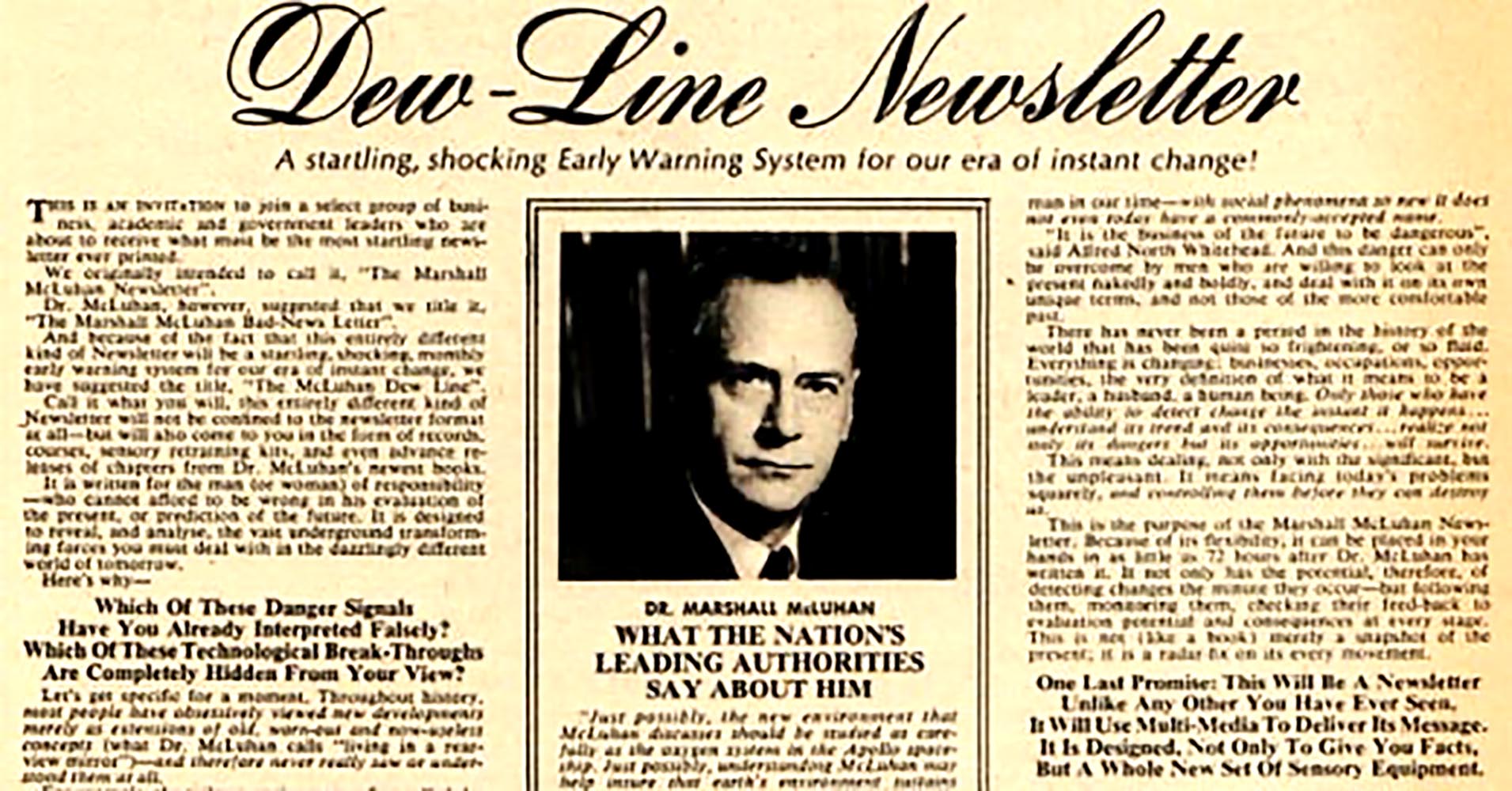
Our West Wight 'Freshwater Circle' association with the Bloomsbury Group and its Sussex appearance at Charleston is not accidental - key members of the Bloomsbury sect were rooted in the West Wight - specifically in Julia Margaret Cameron - who was the great aunt of Virginia Woolf and her sister Vanessa Bell… And Julian Bell, Vanessa Bell’s grandson and Virginia Woolf’s great-nephew, is currently president of the Julia Margaret Cameron Trust at Dimbola in Freshwater Bay.
So these early bohemians - great artists, writers and poets like Tennyson, Watts, Lear and Dodgson, and their close companions, are counterpoints to the Bloomsbury sect and their contemporary affiliates - Augustus John, George du Maurier, Ottoline Morrell, Robert Graves, Jacob Epstein, Wyndham Lewis, Mark Gertler. These generations of artists and leading-edge culturati - roughly 1850-1920 combined personal eccentricity, bohemianism and avant-gardism , creating traditions that prospered in Fitzrovia, Bloomsbury, Charleston and the West Wight - and incidentally in Notting Hill, St Ives, Stroud and Bridport too - and Greenwich Village, Little Venice, San Francisco and the Boston area - areas with now long traditions of the culturally unconventional and stylish lifestyles we associate with La Vie Boheme.
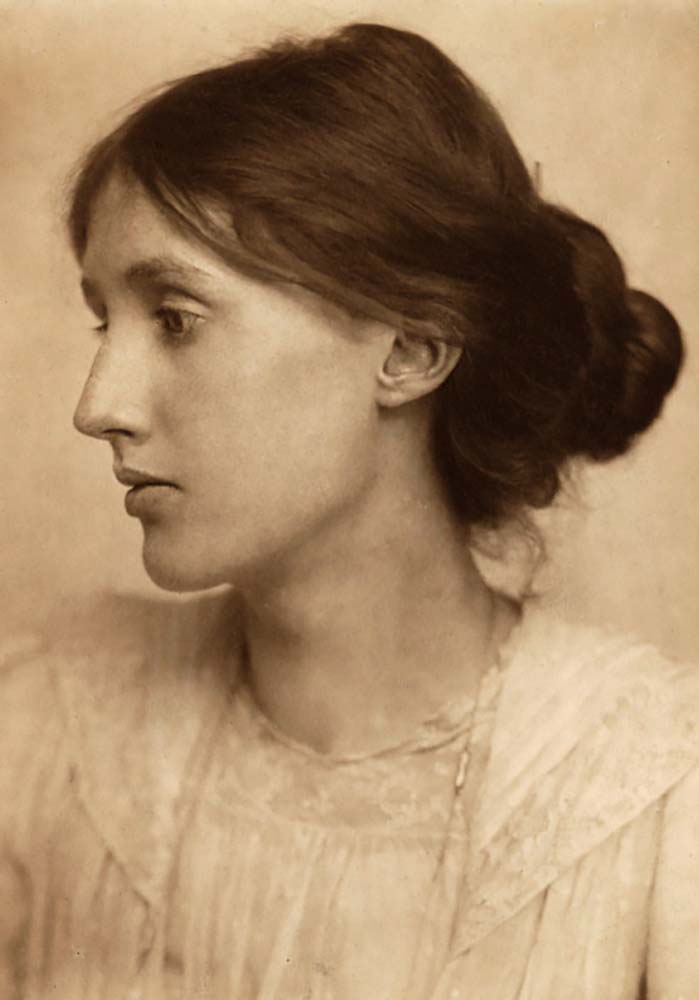
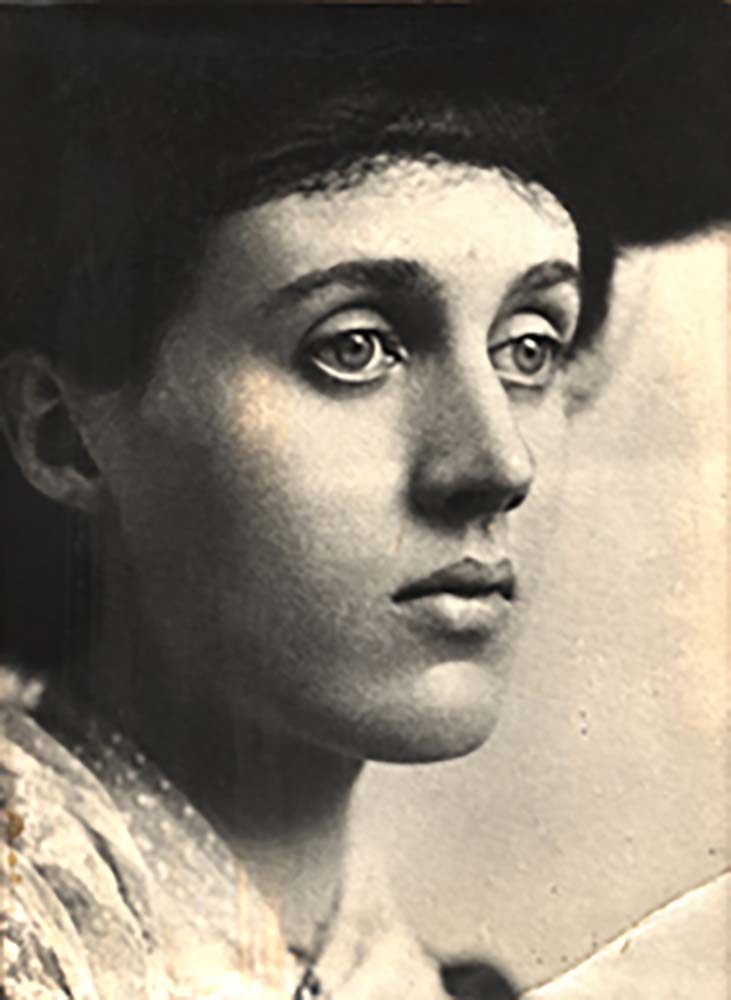
George Beresford: portraits of Julia Margaret Cameron's great nieces Virginia Woolf and her sister, the artist Vanessa Bell - core members of the Bloomsbury Group.
So Julia Cameron and the extended Tennyson Circle were already world famous by the 20th century - names like Tennyson, Lear, Thackeray, Lewis Carroll, Julia Margaret Cameron, and GF Watts formed the foundation for a tradition of creative innovation on the Isle of Wight that embraced their arts and their unique lifestyles and I believe that this foundation-tradition attracted later generations to this area. Virginia Woolf felt this awareness intensely, familiarly familiar - she celebrated the Freshwater Circle in her satirical family play Freshwater in the 1930s. And this no doubt attracted other creatives throughout the 20th century - I guess AJP Taylor and his wife Mary Taylor are examples from the 1950s, and JB Priestley and Jacquetta Hawkes also.
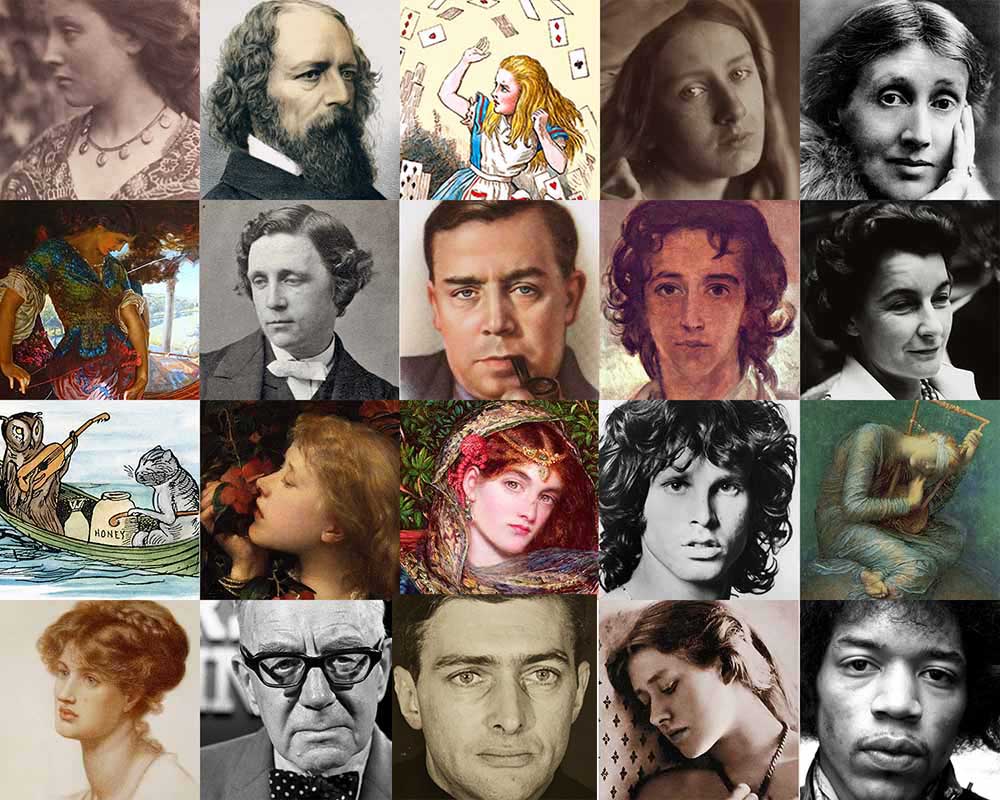
Just a few of the culturati associated with the West Wight - living, working or visiting - including from top-left: Mary Hillier (Cameron's model); Alfred Tennyson; Lewis Carroll's Alice; May Prinsep (Cameron's sister); Virginia Woolf, (2nd line) Holman Hunt- painting of Tennyson's Lady of Shallott - 1902; Lewis Caroll; JB Priestley; Algernon Charles Swinburne; Jacquetta Hawkes; (3rd line) Edward Lear The Owl and the Pussycat; GF Watts portrait of Ellen Terry; Marie Spartali; Jim Morrison; GFWatts painting Hope; (bottom line) Dante Gabriel Rosetti: Marie Spartali; AJP Taylor; David Gascoyne; Julia Margaret Cameron: Ellen Terry; Jimi Hendrix.
And of course later generations - including my own generation of baby boomers - this includes my friends and near-contemporaries like Ray Foulk, Graham Stevens, David Litchfield, Derek Barran, Robyn Hitchcock, David Kiersey, Ron Terrill, Kevin West, Tom Gilbey, Gioia Minghella , Brian Hinton, Rosie Hucknill, Paul Windridge and Teresa Grimaldi also ended-up on the Isle of Wight, by accident or by birth - loving its stylish bohemian ways, its countryside, Downland and sea-side too.

Graham Stevens:Freshwater Dialogues with Robert Hooke (pitch document) c2000.We were pitching for funds to finance Graham’s idea of walking on water across Freshwater Bay from Fort Redoubt to the Stag Rock - an idea that befitted Robert Hooke we thought. (see pix next page)

The issue now - the projects for West Wight CultureFest - is how to celebrate, display and disseminate information on this wide variety of West Wight cultural heroes, and the phenomena of avant-gardism, bohemianism, eccentricity, content-craftsmanship, utopianism, environmental protection - and similar contingent issues - and how to do this using the vastly expanded range of content-creation tools available to us now in the 2020s and beyond.
We want tangible, live performance events that illustrate an aspect, individuals, or groups of West Wight Cultural Heroes - use dance, drama, music, cinematography and projection, new media, social-media, costume, make-up, fashion, construction, stage-design, maps, location-filming, - whatever mix of media you like...

Chelsea Arts Ball in 1912 - annual gig of the Chelsea Arts Club...